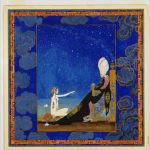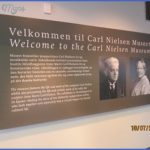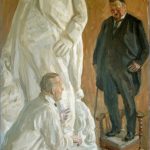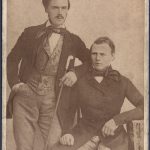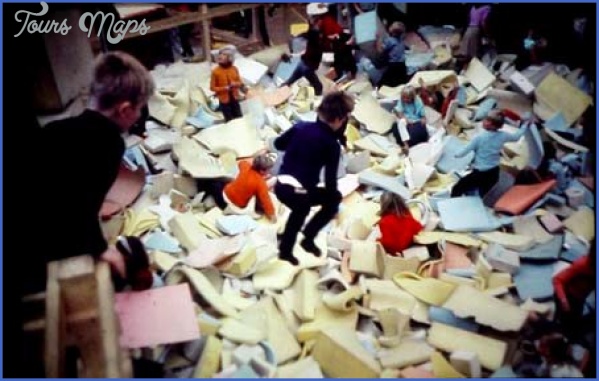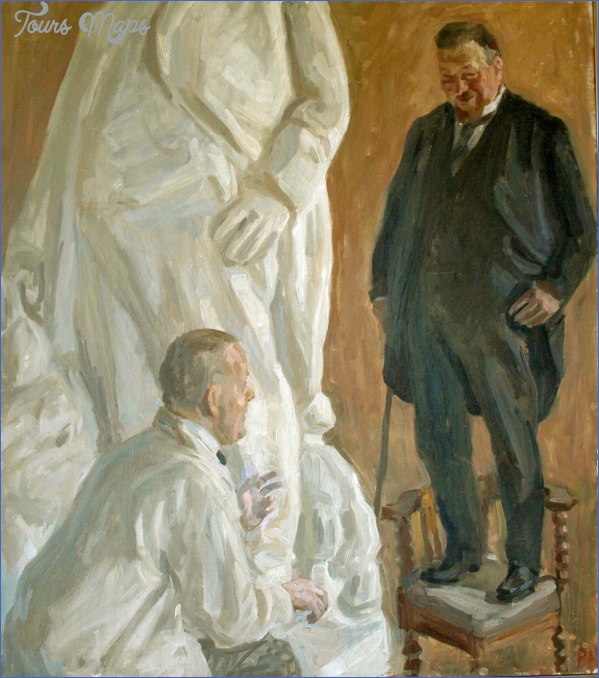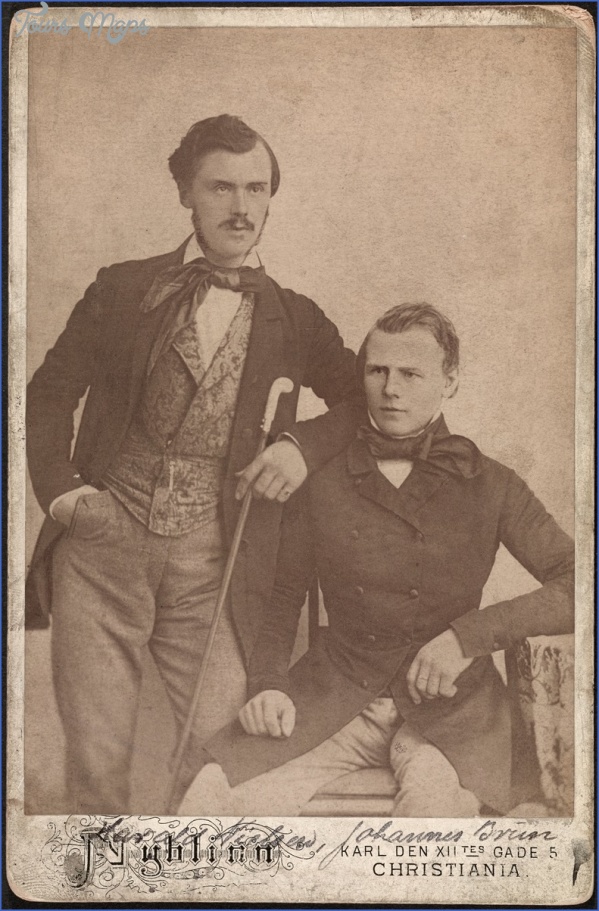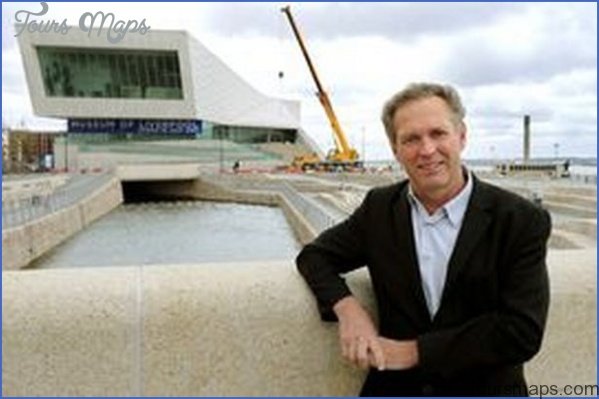NIELSEN MUSEUM
Carl Nielsen spent most of his life in Copenhagen. But when his heirs decided to set up a museum to him they turned to Odense, the city on the island of Funen close to where in 1865 he was born and where he spent his early years, on which he looked back happily in his memoirs Min fynske barndom (‘My childhood in Funen’, 1927). Odense also happened to possess a certain expertise in museums, acquired through its admired one to Hans Christian Andersen, a neighbour to Nielsen’s.
Their judgment was good. Nielsen is in fact commemorated in two museums there, not far apart: one is in the thatched cottage where he spent the last years of his childhood, the other a modern museum attached to the Odense Concert Hall. Neither his actual birthplace at
Sortelung where he spent his early years nor the house at Petersborg where he lived from the age of eight still stands (the location of the latter is marked by a stone). But the thatched cottage close to the village of N0rre Lyndelse, a dozen kilometres south-west of Odense, to which the family moved in 1878 when he was 12 years old, has been a museum since 1956. Nielsen in fact spent less than two years there. His father, a painter, was also a village musician and it was from him that Carl first learnt the violin and the cornet. After playing in his father’s band, he joined a military orchestra in Odense, playing the signal horn and alto trombone.
NIELSEN MUSEUM Photo Gallery
The displays are focussed accordingly: on the musical life of the region and the social and economic circumstances under which Nielsen grew up; on his family’s genealogy (complicated by the fact that his surname was taken from his father’s Christian name); and on his childhood, which later he evoked in his music – notably in the choral work Fynsk Forar (1921) – as well as in Min fynske barndom. Among the exhibits are family documents and photographs, his father’s violin and his rifle from the 1864 war, a slate, pencil box and books from the N0rre Lyndelse school, and rustic paintings by Nielsen’s daughter Anne Marie Telmanyi, done in 1961, as well as a plaster bust of Nielsen by his wife. When he was 14 Nielsen went to live in Odense; he was there for four years, Nielsen’s childhood home near N0rre Lyndelse 1879-83, before he took up a place at the Kongelige Danske Musikkonservatorium in Copenhagen (1884-6). He spent his entire working life in the capital, where his home for many years was at Frederiksholms Kanal 28. He died there in 1931.
The Nielsen museum, attached to the Odense Concert Hall, was established as part of the city’s millennium celebrations in 1988. Although called the Carl Nielsen Museum, it equally commemorates the life and work of his wife, the sculptor Anne Marie Brodersen, whom he met in Paris and married in Florence in 1891. Her statues (busts and figurines, predominantly of animals) are shown side by side with the musical displays throughout the museum. On the upper floor, a corner of one of her Copenhagen workshops is recreated alongside faithful reconstructions behind glass partitions of their living-room and his study. His desk is there, with table and chairs, his grand piano, a music stand and parts of his music library. The collection of their effects was donated by one of their daughters; his music manuscripts were deposited in the Kongelige Bibliotek in Copenhagen.
On the ground floor is the table piano from the Nielsens’ summer home at Skagen, in northern Jutland, and wall displays that provide a rich chronicle of their lives, with photographs (including a group that documents his offbeat sense of humour), maps, facsimiles and the last portrait of him. There is a small lecture and recital room seating 70 in the museum as well as space for audio-visual presentations and changing exhibitions. While recorded music can usually be heard wafting through the museum, there are earphones stationed along the displays with which one can listen to works of particular relevance to the exhibits, such as excerpts from his symphonies, the tone poem Pan og Syrinx and the opera Maskarade. Odense, famous as the home of Hans Andersen, deserves special recognition for the imaginative way in which it serves the legacies of the Nielsens.
Maybe You Like Them Too
- Explore East Lindfield, Australia with this detailed map
- Explore Bonferraro, Italy with this detailed map
- Explore Doncaster, United Kingdom with this detailed map
- Explore Arroyito, Argentina with this Detailed Map
- Explore Belin, Romania with this detailed map

